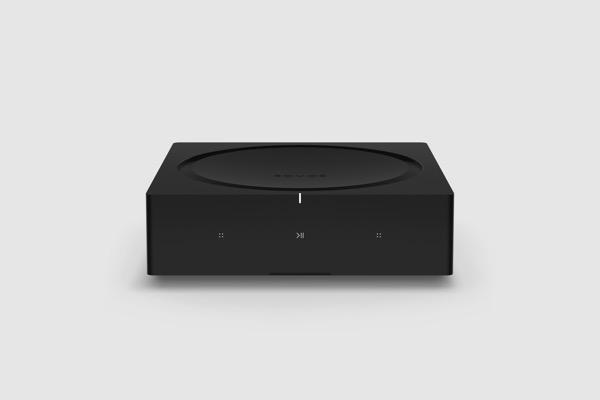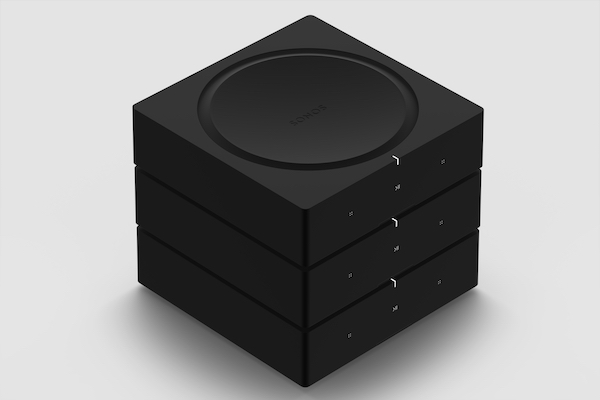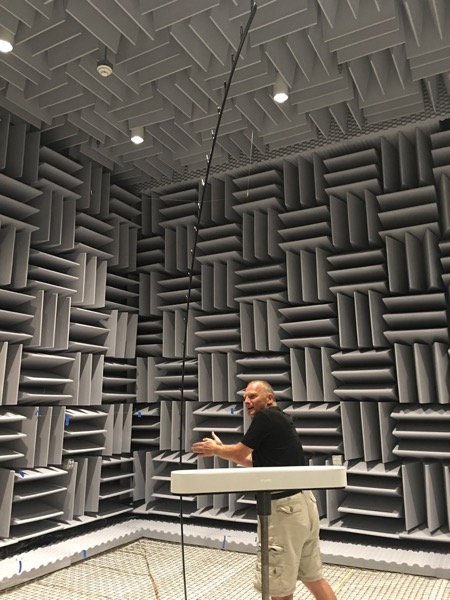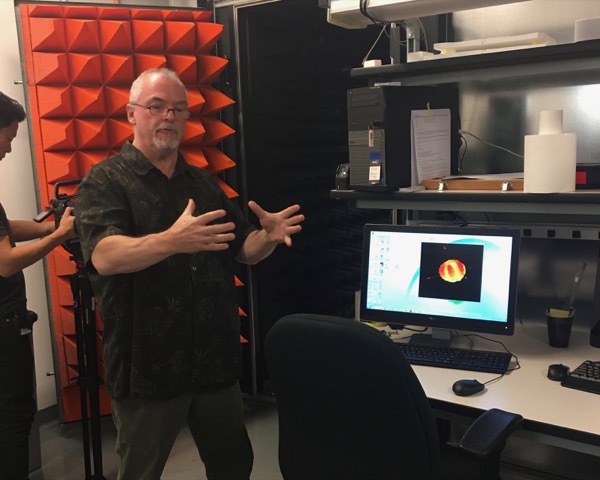Is S&V still planning to review the new Sonos AMP?
If so, I would love to see the following:
1) Power output measurements.
2) PCM/LPCM bit depths and sampling frequencies that can played natively without resampling via the HDMI ARC input.
3) DAC performance measurements.
Ultimately, is the Amp "fit" for use in a high performance 2.0 A/V system driving nice floorstanders?
Regarding PCM/LPCM bit depths and sampling frequencies, hopefully the Amp can natively handle those found on the 2.0 PCM/LPCM tracks in concert/music Blu-rays and DVDs.
Based on data for the above, I may seriously consider the Amp for my 2.0 system, which currently consists of a separate DAC and amplifier driving a pair of floorstanders. I have no Sonos capability for this system, but we have a Connect in another system and a Play5 in the kitchen.





















































